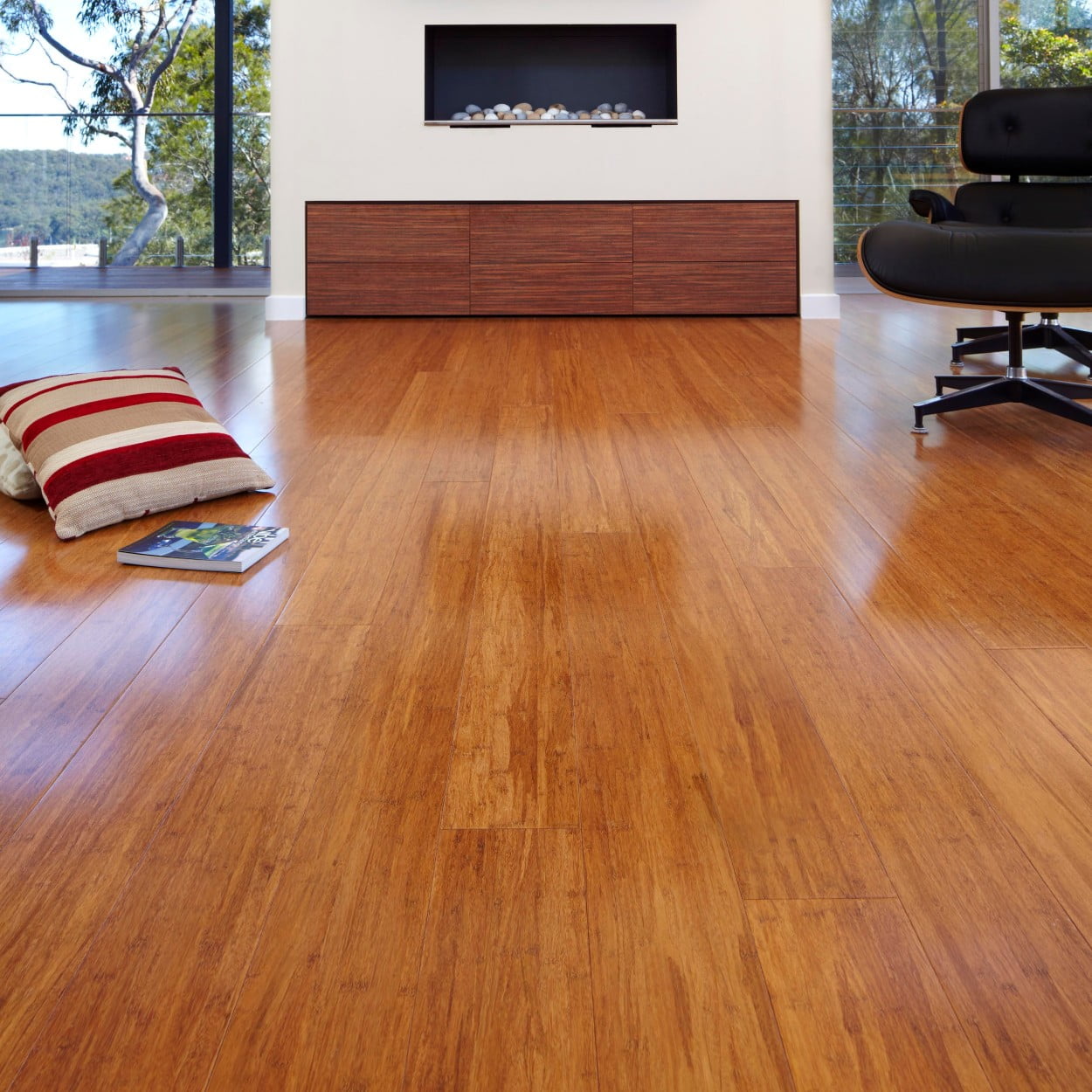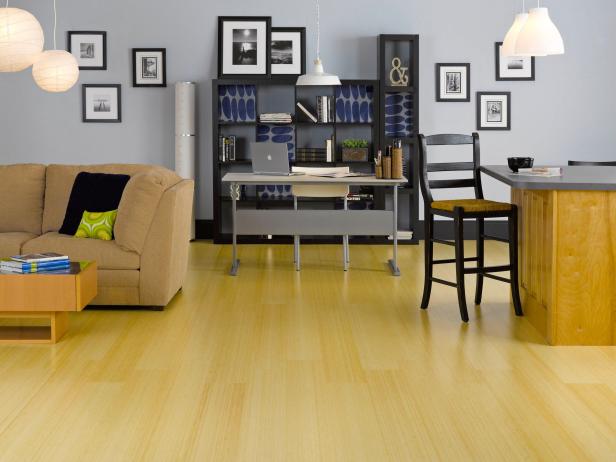The Advantages and Disadvantages of Bamboo Flooring for Your Home
The Advantages and Disadvantages of Bamboo Flooring for Your Home
Blog Article
They are making a number of great pointers about How to Clean Bamboo Floors as a whole in this article below.
Bamboo flooring is renowned for numerous homeowners because of its benefits. It is available as well as sturdy in various shades, from light blonde to rich espresso. It can be subject to discoloring to match any kind of décor. It has actually become the major choiced flooring for company as well as house owners whenever there is requirement for sustainability.
Bamboo just like wood, is susceptible to damages as well as breaking when humidity levels rise and fall.
Are you assuming regarding bamboo flooring for your residence? Matter yourself fortunate because this post will certainly show you whatever you need to recognize. We will certainly discuss its functions to take into consideration. We will likewise review the different types of bamboo flooring offered on the marketplace. Maintain analysis!
Types of Bamboo Flooring
There are three basic alternatives: strand-woven, upright, and also straight. House owners can pick which type of bamboo flooring to buy based on their qualities. The buyer's intended visual influences the picked Bamboo flooring kind.
Strong - Vertical Bamboo Flooring
Slim strips of completely dry bamboo timber glued vertically and also pushed making use of high warm and stress produce this sort of bamboo flooring.
The thinnest side of the bamboo planks will remain in a vertical type. A firm bonding, pushing, and lamination will certainly follow. As a result of their method of joining, the bamboo strips include a narrow grain pattern.
The good idea about this kind of bamboo flooring is that it is durable and extremely budget friendly. Likewise, it provides a classy and also classy floor surface. It is not widely available.
Strong - Horizontal Bamboo Flooring
You will observe that this kind is virtually the like vertical bamboo flooring. It has a small variant. Straight bamboo is among the most popular sorts of bamboo flooring.
It is made by drying big strips of bamboo, cutting these bigger pieces right into thinner strips, and then gluing them to create planks. The boards will certainly then be subject to pressure and also warm to guarantee they are well fastened.
Natural bamboo has a lighter color. Thus, the strips are commonly stained. While carbonized bamboo will be less tough than regular bamboo, if you require a darker shade, it might do you excellent. It additionally gives the natural bamboo looks and a range of options.
Strand Woven Bamboo Flooring
Shredding the bamboo to extract the fibers is one of the extra drawing steps in producing strand-woven bamboo floors.
The bamboo fiber is frequently mixed with a glue after it's made to a pulp. The product is then weaved and also compressed under excellent heat, as the name recommends.
After making horizontal and also vertical bamboo, the strips offer to create strand woven bamboo. The eco-conscious purchaser might locate this function appealing. The factor is that it ensures that the whole bamboo stalk produces really little waste.
Engineered Bamboo Flooring
Both solid as well as engineered bamboo flooring alternatives are offered. As soon as the bamboo timber fits, it isn't simple to distinguish between them.
Their distinctions are due to their production. Crafted bamboo wood has a slim plywood backing.
Yet, whether crafted or strong, bamboo flooring is strong, resilient, as well as attractive.
Engineered bamboo flooring uses the drifting timber flooring over a slim foam base. They might additionally remain in the type of wide slabs. For example, they are readily available in sizes as much as 19 centimeters.
Functions And Also What to Remember When Selecting Bamboo Flooring
With a multi-layered layer, bamboo flooring will be pretty resilient. However bear in mind that future touch-ups might need a more competent flooring expert.
Applying your coating will make matching repairs less complicated as soon as set up in your home. The finish will certainly not last as long as factory surfaces.
Apart from that, below are some exciting attributes of bamboo flooring.
Durable
Bamboo flooring is not produced equal. There are numerous kinds of bamboo, as well as the different techniques made use of to transform it into planks affect its longevity.
As such, bamboo, like wood flooring, can come to be prone to tear and wear in time. Damaging, splitting, as well as other wear and tear might take place. You can additionally sand some bamboo to look like hardwood, however not all.
Cheap Upkeep
You can keep bamboo flooring in good condition by cleaning and also damp mopping. So despite being extra susceptible to scratches, bamboo flooring is extremely simple to preserve.
You might get bamboo floorings that are just as good as brand-new by sanding them down as well as using a fresh coat of paint.
Eco-Conscious
This flooring originates from a natural plant called the bamboo plant. When contrasted to other tree types made use of to make hardwood flooring, bamboo grows more as well as quicker.
Profits
It's straightforward to know why bamboo flooring has ended up being a lot more favored nowadays. For almost any home, bamboo provides numerous solid as well as sound services for the atmosphere. Bamboo floor could be the ideal alternative for upgrading your flooring.
We will also review the various types of bamboo flooring available on the market. Home owners can pick which kind of bamboo flooring to purchase based on their traits. Straight bamboo is one of the most prominent types of bamboo flooring.
While carbonized bamboo will certainly be less tough than regular bamboo, if you require a darker color, it might do you great. After making upright and straight bamboo, the strips serve to create hair woven bamboo.
5 Challenges Installers May Face with Bamboo Flooring
Quality Issues
Not all bamboo flooring sold today is high-quality. There are roughly 1,600 species of bamboo, but only a few are actually good for flooring.
Much of the unsuitable bamboo brought into this country comes from China, where there are no governing regulations to control product quality. To generate profits faster, many Chinese companies harvest bamboo before it fully matures and attains its full strength potential. This causes quality to vary widely from company to company.
As a result of inferior bamboo being harvested too soon and glued with toxic adhesives, the bamboo is easily dented from shoes, furniture, kids, pets, and dropped objects. Once the floor is indented, the finish becomes highly prone to flaking and peeling. This can lead to costly callbacks for installers. In fact, many customers have complained that their floors were scratched or dented the same day of installation.
Currently, there are no useful quality or grading standards for bamboo flooring. The National Wood Flooring Association (NWFA) has been asked to develop standards, but that task may be nearly impossible because many of the concerns are beyond the NWFA’s control. For instance, there are many initial steps in the Chinese harvesting and manufacturing processes that are prone to human error and corner-cutting–steps the NWFA cannot control. The only way to establish effective standards for bamboo is to monitor the whole process from beginning to end.
Moisture Precautions
Drying bamboo at the factory is difficult because it’s hard to measure the moisture content. Most Chinese factories don’t dry the bamboo down to a target moisture content as we do here with wood. Instead, they depend on a fixed schedule.
Striped Bamboo FlooringEven when bamboo is carefully dried, consistent moisture content appears to be a problem for all strand bamboo manufacturers. It can cause the bamboo to expand along its length and width. With strand-woven bamboo’s extreme density and fibers sheathed in glue, acclimating it at the job site can take a long time–sometimes several days or even weeks, depending on the local climate. Strand-woven bamboo can take much longer than other flooring types to acclimate.
Installers should use the same caution with bamboo as they do in treating the densest tropical hardwoods. They can avoid problems during installation by carefully measuring the moisture content of strand bamboo with an accurate wood moisture meter. They need to make sure the room is at service conditions and allow sufficient time to let the floorboards reach equilibrium moisture content (EMC) before installation begins.
The huge variance in moisture readings presents one of the biggest challenges of installing a bamboo floor. While readings must be taken carefully, there is no assurance the data is accurate.
Installers need to get the best information available from their wood moisture meter manufacturer. This includes determining if their correction numbers are for traditional or strand bamboo, as these numbers will vary. Wagner Meters has done, and continues to do, extensive testing and has correction guidelines, but recommended corrections differ from one manufacturer to the next.
Presently, there is no standardized grading system for bamboo. Companies like Wagner Meters, however, are working with specific manufacturers to determine accurate settings. It’s highly recommended that installers check with their flooring manufacturer’s recommendation for SG settings.
When planning to install strand bamboo on an on-grade slab, installers consult manufacturer’s guidelines for appropriate installation substrates, and then carefully test to make sure there are no moisture issues.
Mold Problems
Before installing traditional bamboo floors, installers should look for grayish, streaky discoloration in the planks. It’s likely a fungus attacked the bamboo during the first few days after harvest.
Raw bamboo rots quickly, so it’s normally treated within two days of being cut. If the treatment is too late, the mold may still be visible in the finished floor even though it was killed. There are cases where the mold was still alive and spread in the floor after installation, even in a dry environment.
If mold is suspected in a traditional bamboo plank, installers would be wise to avoid using it. Mold is not likely in strand-woven bamboo because the glue and curing process should kill any spores.
https://www.wagnermeters.com/moisture-meters/wood-info/5-bamboo-flooring-installation-challenges/

Do you really like reading up on How To Install Bamboo Flooring? Place a remark down the page. We'd be delighted to listen to your suggestions about this blog entry. We are looking forward to see you back again in the future. Sharing is good. You never know, you could be helping someone out. Thanks so much for your time invested reading it. Report this page